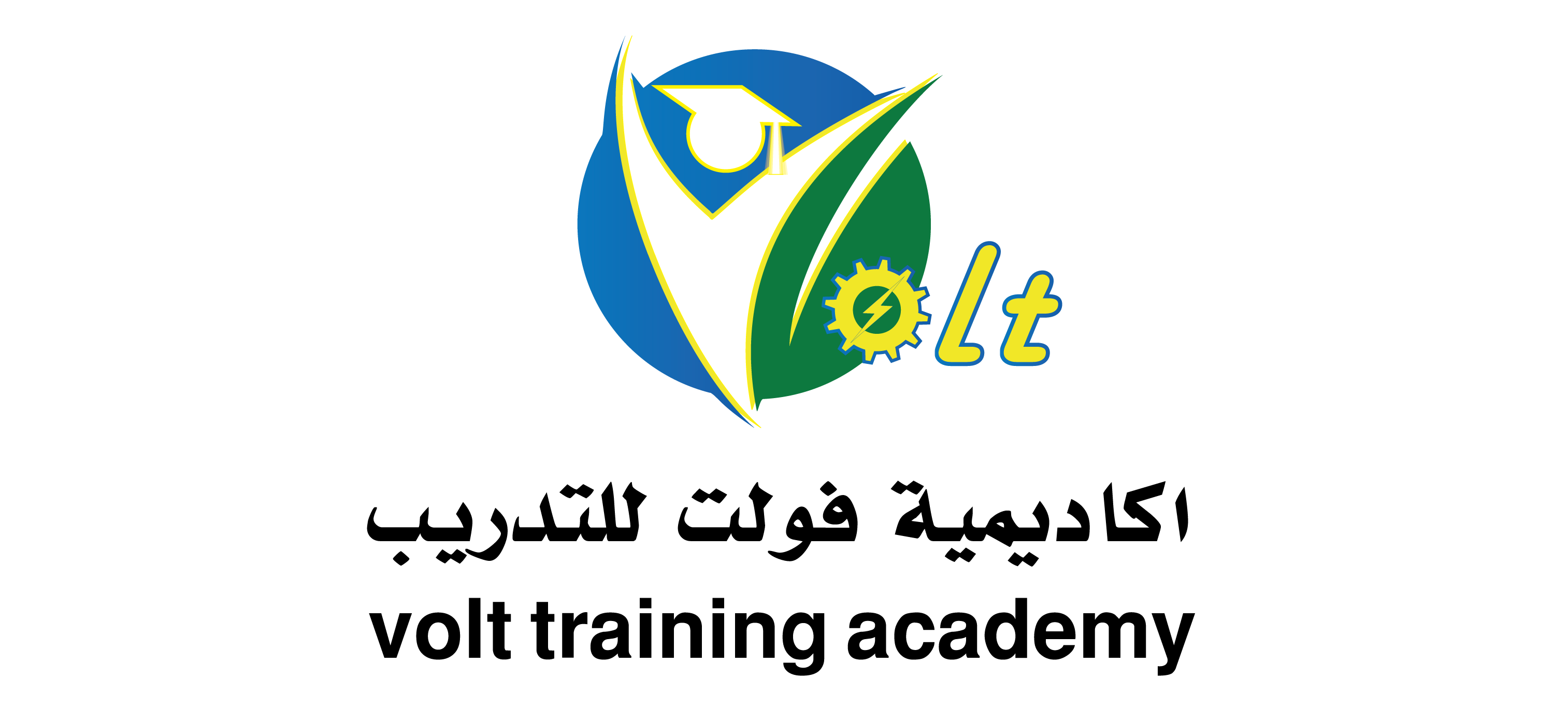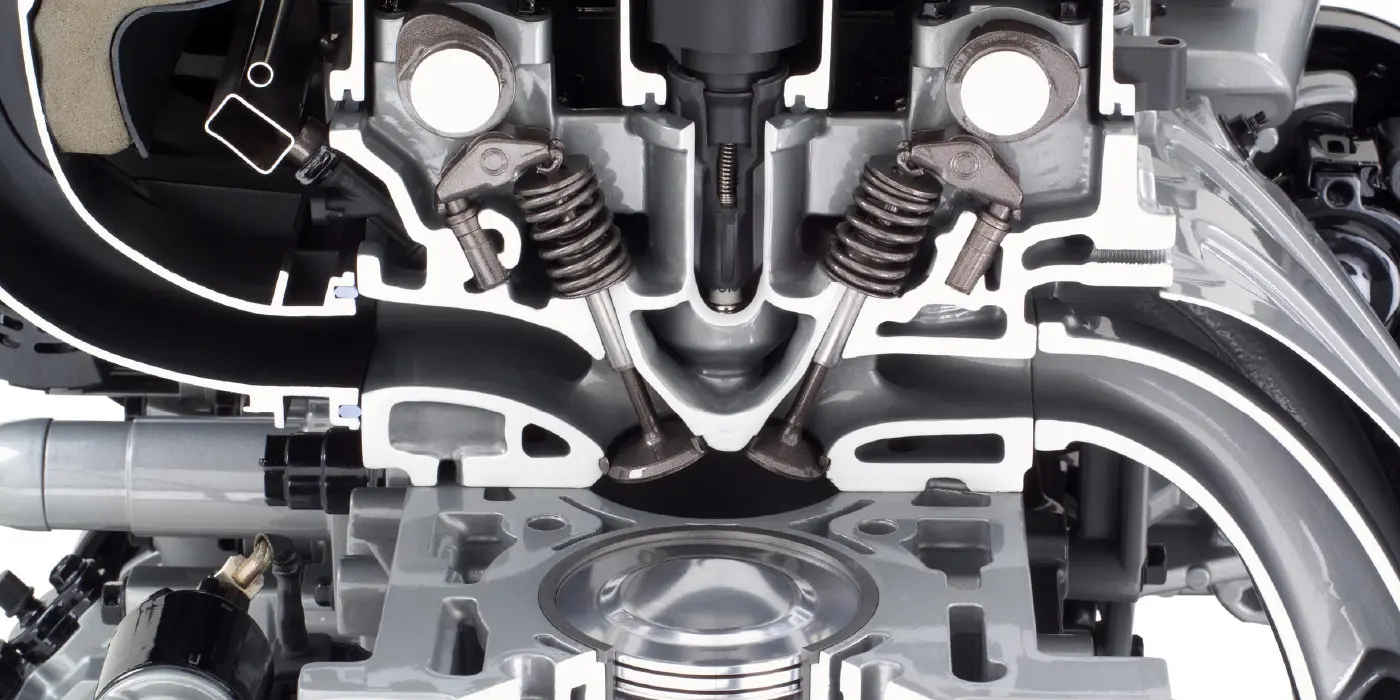The Crankshaft Sensor Function
Overview
Topics
Overview
This course provides a comprehensive understanding of the crankshaft sensor, its functions, types, and importance in modern automotive engines. Participants will learn how to diagnose issues related to the crankshaft sensor and understand its role in engine management.
Topics
Introduction to the Crankshaft Sensor
- Overview of the crankshaft position sensor (CKP) and its significance in engine operation
- The role of the crankshaft in the internal combustion engine
Main Functions of the Crankshaft Sensor
- Position monitoring of the crankshaft
- Speed detection and its impact on engine performance
- Timing control for ignition and fuel injection
- Synchronization with the camshaft sensor
- Diagnostic feedback and troubleshooting
Types of Crankshaft Sensors
- Magnetic Sensors: Operation and applications
- Hall Effect Sensors: Principles and advantages
- Optical Sensors: Overview and use cases
How the Crankshaft Sensor Works
- Principles of electromagnetic induction and Hall Effect technology
- Explanation of sensor signal generation and transmission to the ECU
Installation and Calibration
- Proper installation techniques for different types of crankshaft sensors
- Calibration processes to ensure accurate readings
Diagnostics and Troubleshooting
- Common symptoms of crankshaft sensor failure (e.g., rough idling, stalling)
- Diagnostic tools and techniques for identifying sensor issues
- Understanding diagnostic trouble codes (DTCs) related to crankshaft sensors
Maintenance Best Practices
- Routine checks and maintenance to prolong sensor life
- Preventative measures to avoid common failures
Hands-On Demonstration
- Practical exercises in testing, installing, and diagnosing crankshaft sensors
- Real-world scenarios to enhance understanding
Future Trends in Sensor Technology
- Innovations in crankshaft sensor design and materials
- The impact of emerging technologies on automotive sensor systems
Conclusion and Q&A
- Summary of key concepts covered in the course
- Open discussion for questions and clarifications

